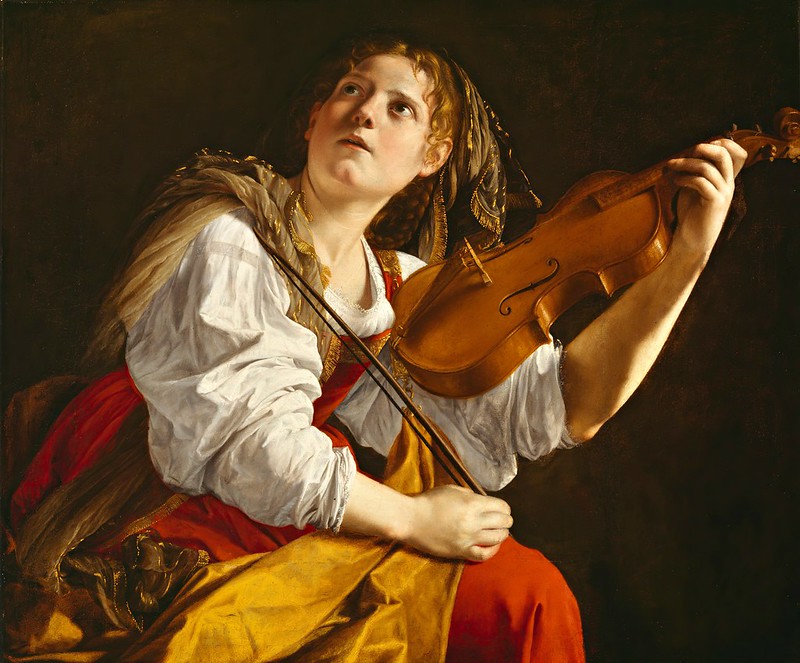Johann Christian Bach (1735-1782)
- Sinfonia (g-moll) a Più Stromenti (1770)
Performers: Pratum Integrum
Further info: Johann Christian Bach (1735-1782) - Symphonien
---
German-English composer of international stature. The youngest son of
Johann Sebastian Bach, he received his earliest musical training from
his father and a cousin, Johann Elias Bach. After serving as a secretary
to his father the final year of his father’s life, he moved to Berlin
in 1750, receiving further instruction from his brother Carl Philipp
Emanuel Bach. In 1755 he left for Milan, where he eventually obtained
the patronage of Count Agostino Litta. Following study with Padre
Giovanni Battista Martini and conversion to Roman Catholicism, he was
appointed second organist at the Milan cathedral in 1760. A commission
for an opera from the Teatro Regio in Turin the same year, however,
altered his fortunes; the work, Cantone in Utica, was a success that led
both to commissions throughout Italy and an international reputation as
a composer of Italian opera. In 1762 he was invited to London, where he
set the opera Orione. Its success and the appointment as Music Master
to the Queen allowed him to reside permanently there. A further trip to
Paris solidified his ability to publish his music, and, finally, his
lodging with compatriot Carl Friedrich Abel resulted in a collaborative
concert series beginning in 1764. For the next decade he traveled
regularly to Paris where his works were highly esteemed, and in 1772 he
was invited to Mannheim to set the opera Temistocle. In 1779 he wrote
his first tragédie lyrique for Paris, Amadis de Gaule. Despite the
successes, competition with rival concert a difficult economic
situation, and ill health led to his early death.
Bach can be considered one of the pivotal composers of the age. Unlike
his brothers Wilhelm Friedemann Bach and Carl Philipp Emanuel Bach, he
fully immersed himself in the Italian style, creating works that feature
clear period lyrical themes, solid harmonic foundations, and distinct
formal structures. His orchestration, often using obbligato instruments,
is colorful, and Bach used various Mannheim orchestral devices to great
effect. He was one of the most popular composers of the period, whose
music had circulation throughout Europe, influencing a later generation
of composers, such as Wolfgang Amadeus Mozart. He was a prolific
composer in virtually all genres. His works include 39 operas, three
serenatas, an oratorio, seven Mass/Requiem movements, 28 other sacred
works, 15 concert arias and cantatas, 45 songs/canzonetts, 34
symphonies, 19 sinfonia concertantes, 28 keyboard concertos, 11 other
concertos (violin, flute, oboe, and bassoon), six wind symphonies, 11
marches, a sextet, 13 quintets (string and piano), 20 quartets (string,
flute, and piano), 14 trio sonatas, 12 trios (almost all piano trios),
26 violin sonatas, two viola da gamba sonatas, 23 keyboard sonatas (four
for keyboard four hands), and numerous miscellaneous pieces for the
keyboard and harp. His music has been cataloged according to Terry (T)
or Warburton (W or CW) numbers.







![Wilhelm Hensel (1794-1861) - Fanny Mendelssohn Bartholdy [Hensel]](https://live.staticflickr.com/65535/51753273512_9f3d6bdefb_b.jpg)









